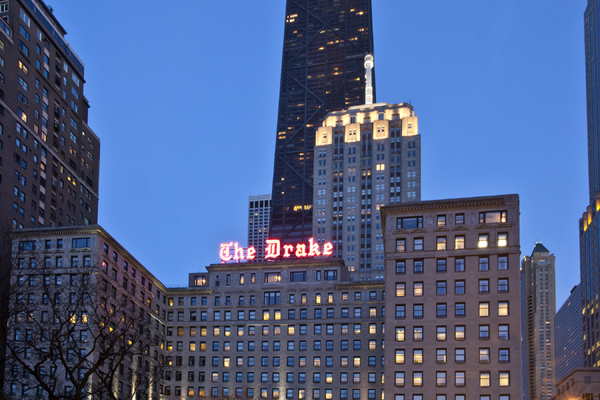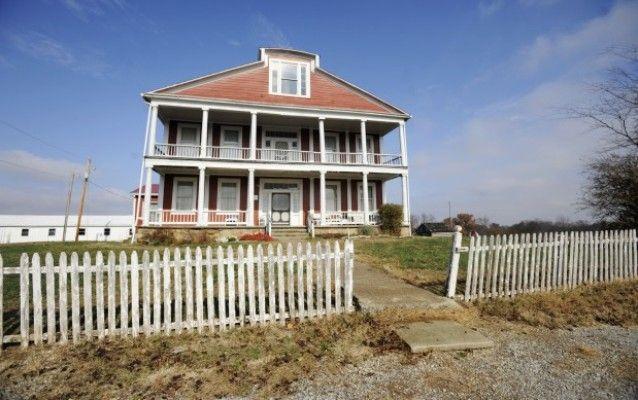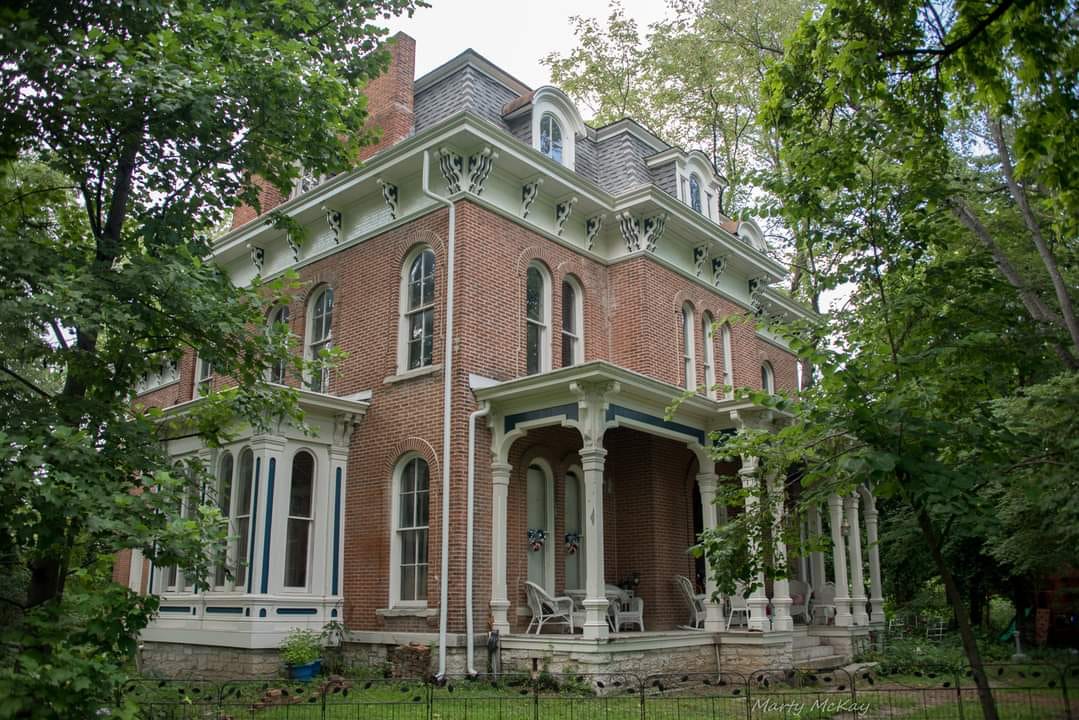As one of the first social settlement in the United States, Hull House focused primarily on the provision of community services to relieve social problems. That said, the settlement was primarily focused on three R’s as outlined by Addams: residence, research, and reform.
Residence referred to the provision of accommodations, facilities, and services for the less privileged. Volunteers, who are mostly highly educated woman, taught classes in literature, history, art and science to enable residents at Hull House to thrive in an enriching environment. Social services such as legal aid, childcare, and medical treatments were offered at a low cost or for free. A summer camp known as Bowen Country Club was also established as a summer camp for children of Hull House. By 1911, Hull House had expanded to become a 13-building complex that includes an array of facilities including a gymnasium, music school, kindergarten, movie theater, libraries, pools, and classrooms. At its peak, Hull House attract over three thousand people to its complex every week.
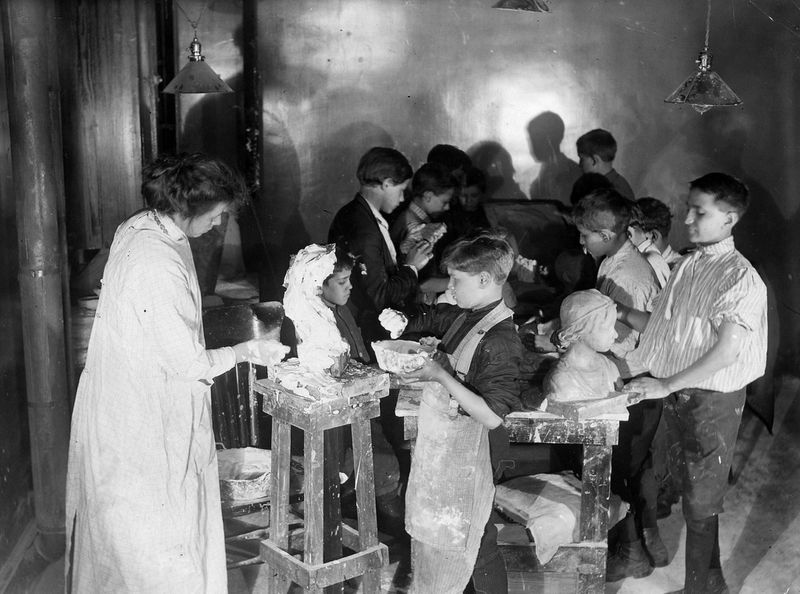
In the area of research, scientific study was conducted at Near West Side neighbourhood to identify the causes of social problems such as poverty and unemployment. By working closely with the community, Hull House was able to address issues such as child labor, woman’s suffrage, and the lack of access to better education through the implementation of a series of programs. A notable achievement was the construction of Chicago’s first public playground in 1893; Hull House recognized the need for children to have access to a joyful childhood after identifying a correlation between the lack of it and the youth crime rates. Her efforts also led to the establishment of Playground Association of America as well as the first juvenile court in the United States.
“…children robbed of childhood were likely to become dull, sullen men and women working mindless jobs, or criminals for whom the adventure of crime became the only way to break out of the bleakness of their lives”
Jane Addams
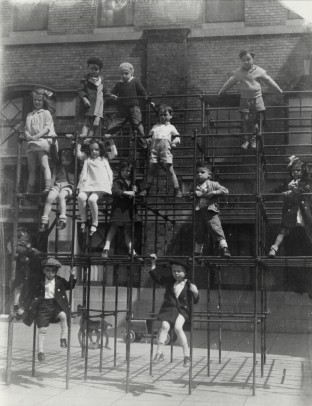
At the state level, Hull House pushed for the enactment of a series of social reforms that made up the Progressive agenda in the first two decades of the 20th century. This included the establishment of the Federal Children’s Bureau in 1912 and the passing of a federal child labor law in 1916.
History of Hull House
The history of Hull House dates back to 1889 when it was founded by Jane Addams and Ellen Gates Starr. Addams was an advocate for woman suffrage and important leader in the areas of social work and reforms. Also an activist and social reformer, Starr met Addams during the Rock Female Seminary in 1878. The two shared similar values and instantly clicked. After years of working together, the duo decided to set up a social settlement in Chicago.
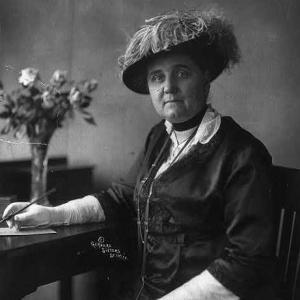
Formed on the Near West Side of the city, Hull House was established in a run-down mansion built by Charles Hull in 1856. The urban neighborhood was an enclave for Italian, Irish, German, Greek, Bohemian, Russians, and Polish Jewish immigrants. While the initial expenses for the renovation and maintenance of Hull House was paid for by Addams, the number of long-term donors grew exponentially over the years, allowing the settlement to grow and expand its size and offerings.
Hull House began as a community of well-educated women who sought to provide social and educational opportunities for the less privileged, namely the European immigrants in the vicinity. For the first few years, Addams and Starr juggled multiple roles to ensure the smooth operation of Hull House. They helped to deliver babies for pregnant teenagers, nursed victims of domestic abuse, prepared funerals for the poor, taught classes for the uneducated, and debated during council meetings to push for social welfare. In 1931, Addams became the first American woman to win the Nobel Peace Prize.
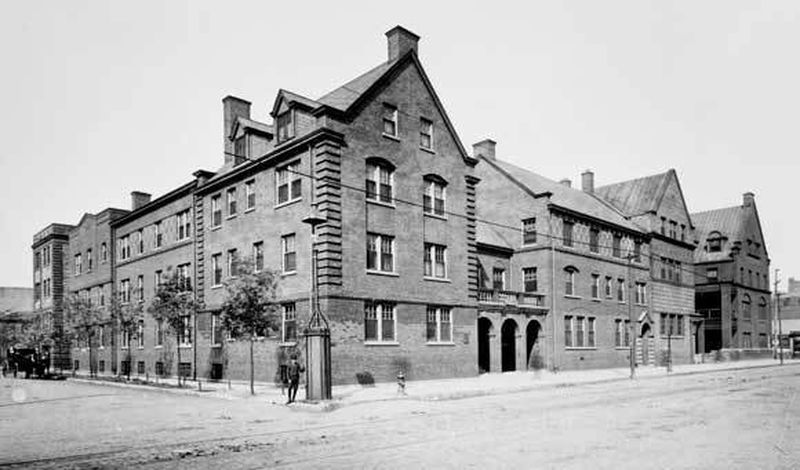
For the next few decades, Hull House sheltered thousands of immigrants and prepared them for the future; many went on to become prominent leaders and influential figures in the country.
The spirit and mission of Hull House continued after Addams’ passing in 1935. However, the community was forced to pivot its operation in the 1960s when most of its buildings were demolished to make way for the construction of University of Illinois-Chicago. Multiple offices were set up across Chicago under an umbrella organization named Jane Addams Hull House Association to continue offering social services.
On June 1965, Hull House was elected as a U.S. National Historic Landmark. A year later, on October 15, 1966, it was listed on the National Register of Historic Places. The original Hull House mansion was designated as a Chicago Landmark on June 12, 1974.
However, throughout the early 2000s, the organization struggled to raise private donations relied heavily on public support. Hull House Association filed for bankruptcy on January 9, 2012, and ceased all operations two weeks later. As of today, only the original Hull House mansion and a craftsman style dining hall (moved 200 yards from its original site to the immediate south side of the mansion) remains. They were designated as a U.S. National Historic Landmark (1965) and Chicago Landmark (1974). The two properties are now known as Chicago’s Jane Addams Hull-House Museum.
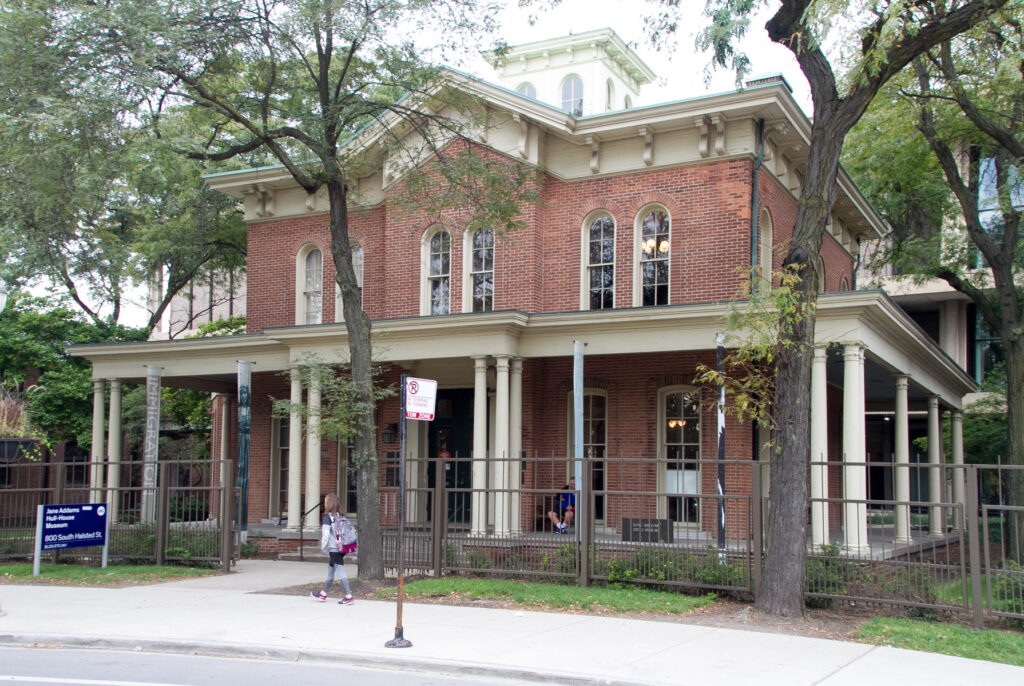
Hauntings at Hull House Mansion
The hauntings at Hull House mansion were said to have happened years before it was taken over by Addams and Starr. Prior to its establishment as Hull House, the mansion was Little Sisters of the Poor, a nursing home for the aged. Many elderly residents were said to have passed away here due to natural causes.
The building is said to be haunted by former residents of the mansion. This includes the wife of Charles Hull; she is believed to have passed away in the mansion in 1860 when it was still the residence of the Hull family.
After its establishment as a settlement, stories of paranormal activities began to spread in the Hull House community. In one incident, Addams reported seeing a “woman in white” in a bedroom on the second floor of the mansion. The same apparition was later spotted by a group of young ladies in the same room. The bedroom was later nicknamed as the “haunted bedroom” by Addams.
Over at the courtyard south of the mansion lies a fountain that was believed to be a portal for spirits. The courtyard, which now sits between Hull House museum and the dining hall is now a circular path with a stone bench.
Devil Baby of Hull House
The legend of the Devil Baby in Hull House is without a doubt the most terrifying tale that have ever been retold in the mansion’s 132 years of history as a settlement.
The haunting tale is said to have occurred in 1913 when a baby was delivered in the neighbourhood. However, the child was born with pointed ears, scale-covered skin, and miniature horns on the forehead. Other versions of the story suggest that he had cloven hoofs, a pointed tail, and was able to speak as soon as he was born. It is said that the father, who is an atheist, had previously tore a photo of The Virgin Mary and yelled to the heavens, whishing that he could have a devil in the house.
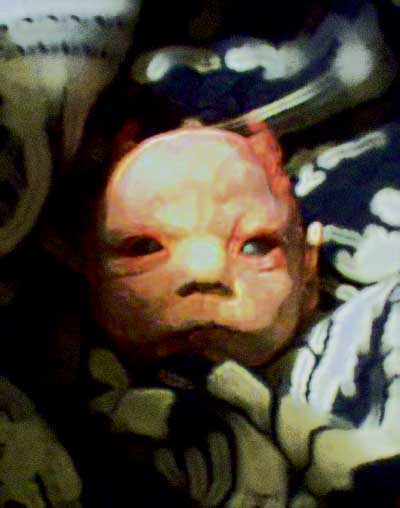
The mother immediately brought the devilish infant to Hull House where he was attended to by Addams. The community soon got wind of the birth of a Devil Baby, causing mass hysteria in the neighbourhood. Everyday, Hull House would receive dozens of requests from visitors who hoped to catch a glimpse of the Devil Baby. The baby was said to have been baptized and locked up in the attic till his eventual death.
“That to see the way otherwise intelligent people let themselves be carried away by the ridiculous story is simply astonishing. If I gave you the names of some professional people—including clergymen—who have asked about it you simply would not believe me.”
Jane Addams in Chicago Examiner 11, no. 269 (October 31, 1913)
In spite of its popularity, there have been no historical evidence to support the legend, and Addams have refuted the claims of a Devil Baby in Hull House. As quick as the legend was born, it ended abruptly and was forgotten by the community within weeks. However, Addams had great revelations from her accounts with older, working-class immigrant woman who saw the birth of the Devil Baby as a curse brought forth by their inability to raise their children well. Addams eventually wrote The Long Road of Woman’s Memory, an extended musing on how myths and memories impact the lives of these individuals who were withdrawn from the community and reality.

